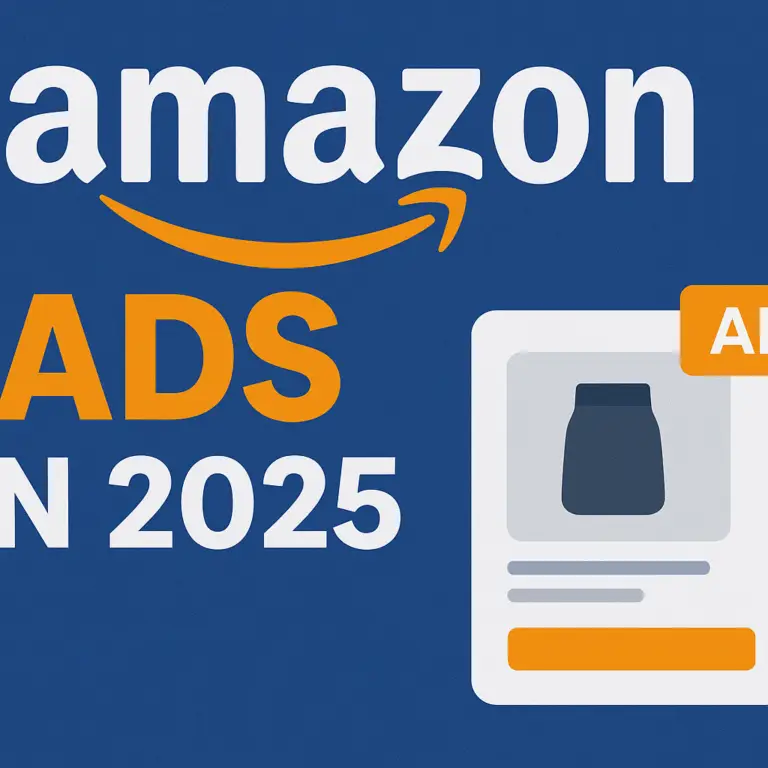As we bid farewell to 2024, it’s time to reflect on the transformative marketing trends that shaped the year. From emerging technologies to shifts in consumer behavior, 2024 has been a year of innovation and adaptation. Here’s a look back at the top marketing trends that defined the landscape and how they set the stage for 2025.
1. AI-Powered Marketing at Scale
Artificial Intelligence (AI) continued to dominate in 2024, reshaping how marketers engage with their audiences. Key developments included:
- Advanced predictive analytics for hyper-targeted campaigns.
- AI-powered content generation tools like ChatGPT and MidJourney streamlining creative workflows.
- Real-time customer journey optimization driven by machine learning algorithms. AI’s scalability and efficiency made it indispensable for marketers looking to deliver personalized experiences at scale.
2. Rise of Short-Form Video Content
Platforms like TikTok, Instagram Reels, and YouTube Shorts solidified their dominance, with short-form video becoming the most engaging content format. Marketers leveraged these platforms for:
- Viral challenges and user-generated content.
- Bite-sized product demos and testimonials.
- Influencer partnerships for authentic storytelling. Short-form video proved to be a powerful tool for building brand awareness and driving conversions.
3. Sustainability and Purpose-Driven Marketing
In 2024, consumers increasingly gravitated toward brands that demonstrated environmental and social responsibility. Marketers highlighted:
- Eco-friendly practices and products.
- Authentic storytelling around social impact initiatives.
- Transparent supply chains and certifications. Purpose-driven marketing was no longer just a trend but a necessity for building trust and loyalty.
4. Social Commerce Matures
Social media platforms doubled down on eCommerce capabilities, blurring the line between browsing and buying. Key features included:
- Seamless in-app purchasing on Instagram, TikTok, and Pinterest.
- Shoppable live streams driving real-time engagement and sales.
- AI-curated product recommendations tailored to individual preferences. Social commerce became a critical channel for reaching digitally native consumers.
5. Increased Focus on First-Party Data
With the deprecation of third-party cookies looming, 2024 saw brands prioritizing first-party data collection. Strategies included:
- Building robust email marketing lists through valuable lead magnets.
- Implementing loyalty programs to encourage data sharing.
- Investing in Customer Data Platforms (CDPs) for better data integration and insights. This shift underscored the importance of owning direct customer relationships in a privacy-conscious world.
6. Interactive and Immersive Content
Marketers pushed the boundaries of creativity with interactive and immersive experiences such as:
- Augmented Reality (AR) try-ons for fashion and beauty products.
- Gamified campaigns to engage audiences in fun and rewarding ways.
- Virtual Reality (VR) experiences for showcasing products and events. These formats captivated audiences and elevated the customer experience.
7. Voice and Conversational Marketing
Voice search and conversational AI saw widespread adoption in 2024. Marketers optimized for:
- Voice-enabled shopping experiences on smart speakers like Alexa and Google Assistant.
- Chatbots delivering instant customer support and personalized recommendations.
- Conversational ads that mimicked human interactions. These innovations emphasized convenience and accessibility in consumer interactions.
8. Niche Communities and Micro-Influencers
Rather than chasing mass appeal, brands focused on niche communities and micro-influencers who:
- Delivered higher engagement rates through authenticity.
- Created content tailored to specific interests and demographics.
- Fostered trust and credibility with their audiences. This shift highlighted the value of quality over quantity in influencer marketing.
9. Programmatic Advertising Evolves
Programmatic advertising became more sophisticated, leveraging:
- AI to optimize ad placements and bidding strategies in real time.
- Contextual targeting to replace cookie-based approaches.
- Cross-channel campaigns seamlessly integrating display, video, and mobile ads. Marketers embraced programmatic to maximize ROI and adapt to changing consumer behaviors.
10. Employee Advocacy as a Brand Amplifier
2024 saw a surge in brands leveraging their employees as advocates on social media. Benefits included:
- Authentic and relatable content that resonated with audiences.
- Increased reach through employees’ personal networks.
- Enhanced employer branding to attract top talent. Employee advocacy emerged as a cost-effective and impactful way to amplify brand messages.
Conclusion
The marketing landscape of 2024 was dynamic, challenging, and full of opportunities for innovation. From embracing AI and sustainability to leveraging new platforms and data strategies, businesses adapted to meet evolving consumer expectations. As we look ahead to 2025, these trends provide valuable insights into where marketing is headed next.
Are you ready to future-proof your marketing strategy? Contact us today to stay ahead of the curve and make 2025 your most successful year yet!



